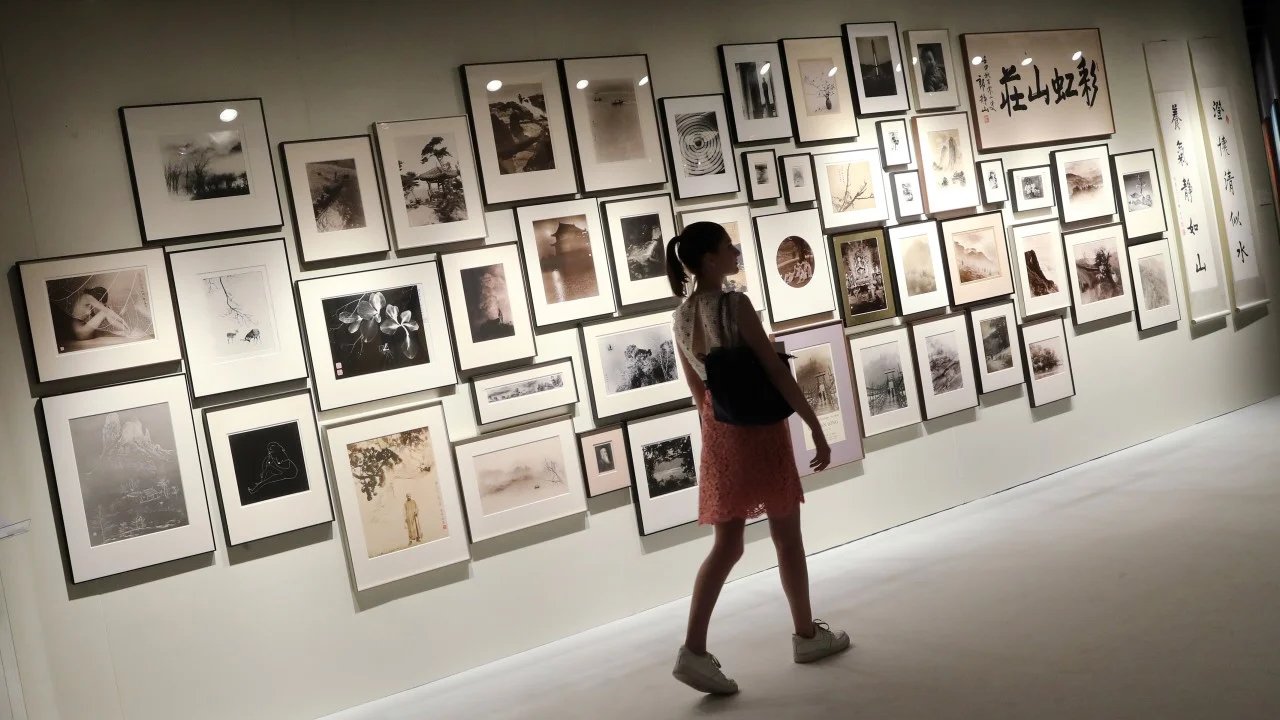Beyond Instagram ‘likes’ – tips on how to collect photographs as a serious arts investment
With a strong market for top artists like Henri Cartier-Bresson and Ansel Adams, the demand for photographs in Asia is rising, so have a strategy in place for first-time purchases that are meant to boost your investment portfolio
“In today’s world, everyone is a photographer. We all carry cameras in the form of our phones and post their imagery incessantly on social media,” says Emily Bierman, vice-president and head of department at Sotheby’s Photographs. “There is, however, a more limited universe of artists you might wish to collect and invest in.”
Markets for established artists such as Henri Cartier-Bresson and Ansel Adams are pretty stable and have proved themselves season after season. Both artists feature prominently in Sotheby’s upcoming “Photographs” auction in New York on October 3. The house’s most recent New York auction fetched a sales total of over US$4.03 million, with El Lissitzky’s Pelikan Tinte as top lot selling for US$462,500.
In Asia, it was not until about five years ago that photographs were considered a serious arts investment among local buyers, says Leo Xu, gallery director at David Zwirner, which is based in Hong Kong.
“Collecting, in general, is a new idea to Asian buyers, especially for Chinese [people]. For those with a Western upbringing, whether print, water colours or paintings, they love to have a piece of art or some pictures in their environment – while this is not necessary for people in Asia.”
Bringing prominent photographers to Hong Kong, the gallery is due to exhibit the works of celebrated American photographer Philip-Lorca diCorcia – who is best known for his meticulously executed photographs over the past three decades – from September 10 to October 12. This is the artist’s first solo show in Hong Kong.
Sotheby’s Bierman concurs that the modern photographs market in Asia is still developing.
“But we continue to see new interest in our photographs auctions season after season,” she says. Whereas the market in New York has long been dominated by Western artists, “blue chip, proven artists have thus far been of great interest”.
Anecdotally, Xu remarks that even when flipping through magazines featuring well-known [Asian] creatives, like interior designers, one can see that the personalities featured do not have notable art in their homes. “They have some [generic] pictures that act like space holders. If an interior designer doesn’t really feel the need to own artwork, who [else] is going to buy it?”
The reason for this, Xu says, is that some genres of collectible art do not have much of a tradition in Asia.
“Paintings, oil paintings, photographs, they are not from here – so we don’t really have this kind of kinship to Asians’ everyday life. Other than this, I feel like it’s very much a desire to own something. If you don’t feel strongly about it, you don’t have to have it in your home. So people can live without it.”
However, interest has grown in the past five years and, as such, it is important to have a strategy when it comes to first-time photographs art investment.
“The first thing is, you have to like the work,” says Cyril Delettre, co-founder of La Galerie Paris 1839, which is showcasing the work of renowned photographer Catherine Henriette in the “Conte d’hiver, conte d’été” exhibition from November 15 to January 12, 2020.
“Then it is necessary to make sure the work has a small, limited number; for example, fewer than 30 prints over all sizes, with the artist’s signature, and to have a good quality print. A consistent thematic collection is after all what you should go for,” he says. But when it comes to attributing value to works, factors such as whether they have won prizes or are part of museum collections are variables.
Marie-Florence Gros, La Galerie’s other founder, adds: “It is always a balance between buying a famous name and betting on a rising artist. Both are interesting in different ways. Photography still allows you to have recognised works at affordable prices.”
As a medium, photographs have become more accepted over the years as fine art, and are now often believed to have as much value as other media.
“This medium is a technique among others for artists to express themselves,” Gros says. “Appreciation of artwork is not only just about the media itself but also the idea and concept of the work. Moreover, the aesthetic and intellectual part of the artwork matters, too. Like for other media, the quality of the work determines whether the artwork is collectible.”
But how does one source collectible investment pieces?
“Visit museums, galleries, and auction houses,” Bierman says. “Sotheby’s exhibitions are free and open to the public. If you are looking to learn more about the market in general, or if there is a particular artist or photograph you are drawn to, a specialist would be more than happy to help you.
“When you see something you like, read as much as possible about the photographer. A little research will deepen your understanding, and might even connect you to other works that may be of interest.” It is as much about educating both the mind and eye as it is asking questions and seeing the work for yourself, she explains.
“What does the word ‘vintage’ mean in the context of a particular photographer? What is a gelatin silver print versus a platinum print versus a digital print? What should these photographs look like?”
But above all, Bierman says, “The most important thing is to buy what you love, whether it’s an established masterpiece or contemporary photography by an up-and-coming new artist.”
Original article published on South China Morning Post (Sept 14, 2019)
